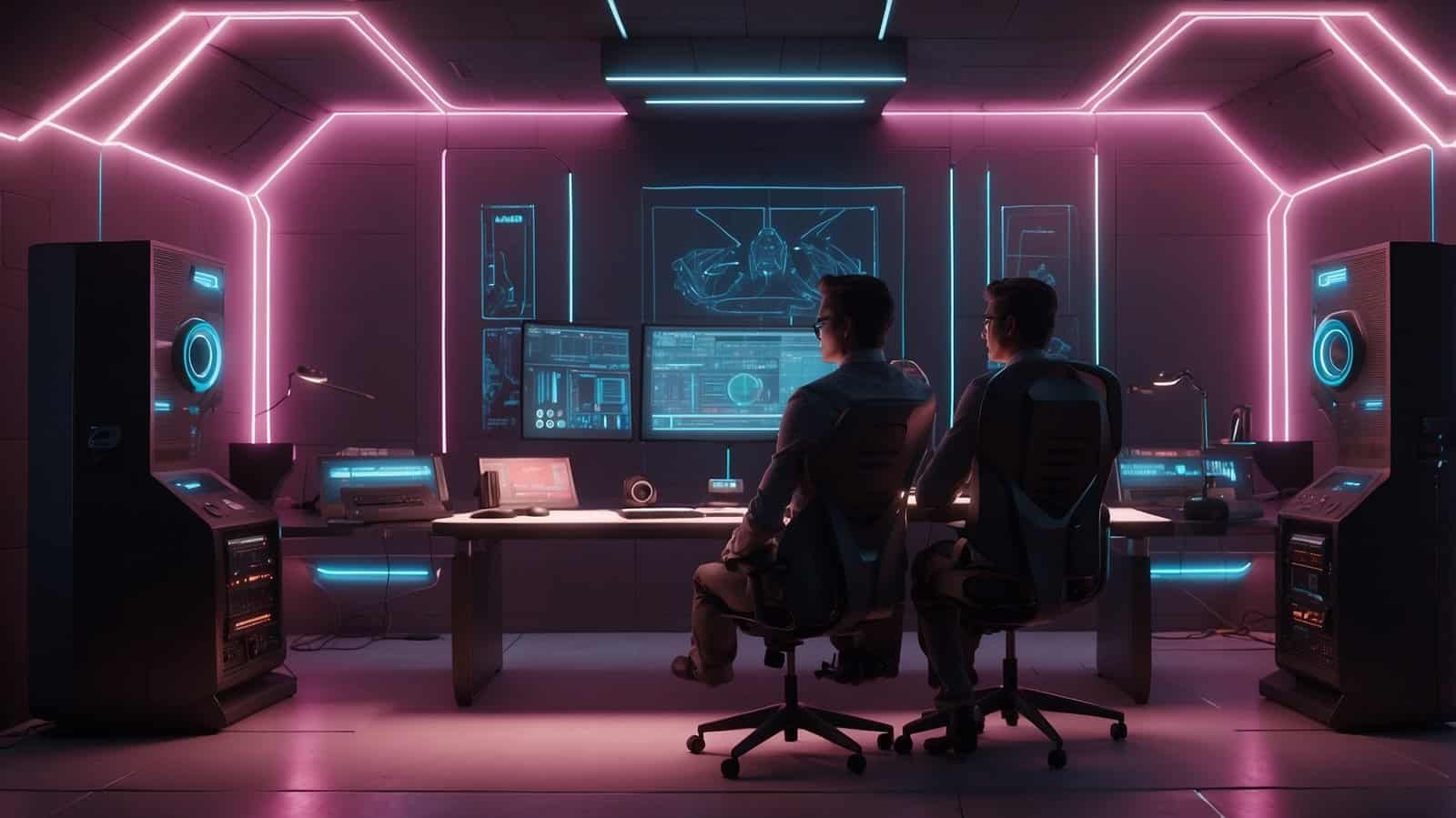The rise of AI voice cloning technology has brought with it a wealth of opportunities across various industries, from entertainment and media to customer service and education. As AI continues to evolve, so too do the strategies required to harness its full potential. Moving from a basic understanding of AI voice cloning to mastering it at a professional level involves adopting long-term strategies that ensure consistent, high-quality outcomes. In this blog, we’ll dive into advanced strategies that professionals use to stay ahead of the curve in AI voice cloning.
Understanding the Strategic Landscape of AI Voice Cloning
AI voice cloning isn’t just about mimicking voices; it’s about creating a seamless, immersive experience that resonates with the end user. As professionals, it’s crucial to understand the broader implications of voice cloning, including the ethical, technical, and operational challenges that come with it. This understanding forms the foundation of effective long-term strategies. By addressing the ai voice cloning challenges and solutions, professionals can develop innovative approaches that prioritize user trust and authenticity. Additionally, fostering collaboration among technologists, ethicists, and policy-makers will help establish best practices and guidelines that promote responsible use of this powerful technology. Ultimately, a proactive stance on these issues will lead to a more sustainable and positive impact in various industries.
Leveraging Advanced Data Collection Techniques
High-Quality Data Acquisition
At the core of any successful AI voice cloning project is high-quality data. Professional voice cloning requires far more than just clear audio recordings; it demands a dataset that is diverse and representative of the full range of vocal expressions, intonations, and emotional nuances of the target voice.
To achieve this, professionals often use sophisticated recording environments, employing high-fidelity microphones and soundproof rooms to ensure pristine audio capture. Moreover, gathering data across various contexts—such as different emotional states, speaking speeds, and environmental conditions—can significantly enhance the AI’s ability to produce a more versatile and realistic voice clone.
Utilizing Synthetic Data
Synthetic data generation is another advanced technique that can bolster the training process. By creating artificial datasets that simulate voice characteristics not present in the original recordings, AI models can be trained more comprehensively, leading to better generalization and adaptability. This approach is particularly useful when dealing with limited data, allowing for the expansion of the training dataset without compromising on quality.

Optimizing Model Training and Performance
Fine-Tuning AI Models
Once the data is prepared, the next step is to focus on model training. Fine-tuning pre-trained AI models with domain-specific data is a common strategy among professionals. This approach allows for leveraging existing powerful models and adapting them to specific tasks, ensuring that the voice cloning system meets the particular needs of the project.
Continuous Learning and Adaptation
The landscape of AI voice cloning is dynamic, and professionals must adopt a strategy of continuous learning. This involves regularly updating the AI models with new data and retraining them to adapt to evolving linguistic patterns, accents, and vocal trends. Continuous learning ensures that the cloned voices remain relevant and capable of mimicking contemporary speech accurately.
Ensuring Scalability and Integration
Building Scalable Systems
For professionals, scalability is a key concern, especially when AI voice cloning systems are deployed across multiple platforms or services. Building scalable AI systems involves creating modular architectures that can handle increasing loads without compromising performance. Cloud-based solutions are often employed to provide the necessary computational power and storage capacity, ensuring that the system can grow alongside the business needs.
Integrating AI Voice Cloning with Other Technologies
To maximize the impact of AI voice cloning, professionals often integrate it with other AI technologies, such as natural language processing (NLP) and machine learning. This integration allows for the creation of more sophisticated and interactive systems, such as virtual assistants that not only mimic human voices but also understand and respond to complex queries in real-time.

Exploring Future Trends and Innovations
Embracing Real-Time Voice Cloning
One of the most exciting trends in AI voice cloning is the move towards real-time voice cloning. This technology enables instant voice replication, which can be used in live broadcasts, interactive entertainment, and real-time customer service applications. Professionals should explore the possibilities of real-time voice cloning to stay ahead of the curve and offer cutting-edge solutions to their clients.
Innovating with Emotional AI
Another frontier in AI voice cloning is the development of emotional AI, which allows cloned voices to convey a wide range of emotions. This capability is essential for applications in entertainment, therapy, and customer engagement, where emotional resonance is key. By integrating emotional AI into voice cloning projects, professionals can create more compelling and human-like interactions.
Building a Sustainable AI Voice Cloning Practice
Investing in Talent and Education
To sustain long-term success, professionals must invest in talent and continuous education. This involves building a team of experts in AI, machine learning, and audio engineering, as well as providing ongoing training to keep up with the latest advancements. Additionally, fostering a culture of innovation within the organization will encourage creative thinking and the exploration of new applications for AI voice cloning.
Fostering Partnerships and Collaborations
Collaborations with other AI companies, academic institutions, and industry leaders can provide access to cutting-edge research, new technologies, and innovative ideas. Professionals should actively seek out partnerships that align with their strategic goals and offer opportunities for mutual growth.

Conclusion
Mastering AI voice cloning requires a long-term, strategic approach that goes beyond the basics. By focusing on high-quality data, optimizing model performance, ensuring scalability, and integrating with other technologies, professionals can create powerful and effective voice cloning systems. Additionally, by staying informed about ethical, legal, and technological trends, professionals can navigate the complex landscape of AI voice cloning with confidence and foresight. Collaboration with interdisciplinary teams is also essential, as combining expertise in linguistics, sound engineering, and AI can lead to innovative solutions. Implementing winning strategies in AI voice cloning will enable professionals to remain competitive in a rapidly evolving field. Furthermore, ongoing education and experimentation will ensure that voice cloning systems not only meet current demands but also anticipate future needs.
As you continue to develop your AI voice cloning expertise, remember that innovation, continuous learning, and collaboration are key to staying ahead in this rapidly evolving field. By implementing the strategies outlined in this blog, you’ll be well-equipped to take your AI voice cloning projects from concept to reality, delivering impactful results that resonate with your audience.

